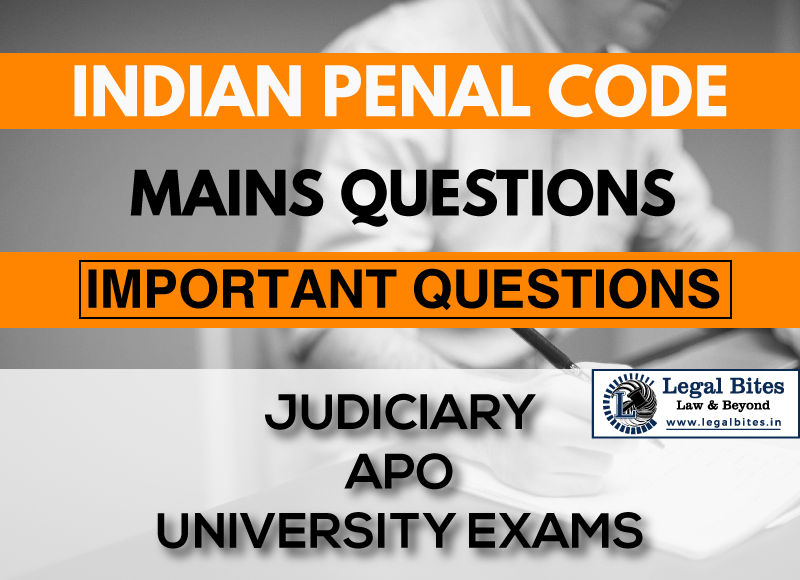Question: Extortion | A threatens to B that he will be implicated in a false criminal case if he does not give 50,000 rupees to him. Consequently, B gives Rs. 50,000 to him. Is A guilty of the offence of extortion? Give reasons. Refer to the case law also, if any, on the point. Find the answer to the mains question only on Legal Bites. Extortion | [A threatens to B that he will be implicated in a false criminal case if he does not give 50,000 rupees to him. Consequently, B gives Rs. 50,000...
Question: Extortion | A threatens to B that he will be implicated in a false criminal case if he does not give 50,000 rupees to him. Consequently, B gives Rs. 50,000 to him. Is A guilty of the offence of extortion? Give reasons. Refer to the case law also, if any, on the point.
Find the answer to the mains question only on Legal Bites. Extortion | [A threatens to B that he will be implicated in a false criminal case if he does not give 50,000 rupees to him. Consequently, B gives Rs. 50,000 to him. Is A guilty of the offence of extortion? Give reasons. Refer to the case law also, if any, on the point.
Answer
Section 383. Extortion.— Whoever intentionally puts any person in fear of any injury to that person, or to any other, and thereby dishonestly induces the person so put in fear to deliver to any person any property or valuable security, or anything signed or sealed which may be converted into a valuable security, commits “extortion”.
The essential ingredients of the offence of extortion are:
- intentionally putting a person in fear of injury;
- the purpose of which is to dishonestly induce the person to put in fear, and
- to deliver property or valuable security
The fear of injury contemplated under this section need not necessarily be bodily harm or hurt. It will include injuries to mind, reputation or property of the person The word ‘injury’ is defined in s 44 as denoting ‘any harm whatever illegally caused to any person, in body, mind, reputation or property.
Relevant case law on the present facts of the case is of Romesh Chandra Arora v. State [AIR 1960 SC 154]. In this case, the accused had written letters to one X, enclosing photographs of the daughter of X in the nude and were of a character, which if made public, would undoubtedly compromise the reputation of the girl as well as her father X. The accused demanded ‘hush money’ from X and threatened X stating that he would circulate the photographs to the relatives of the girl if the money was not paid. He was convicted for criminal intimidation under section 506, IPC.
Important Mains Questions Series for Judiciary, APO & University Exams
- IPC Mains Questions Series Part I: Important Questions
- IPC Mains Questions Series Part II: Important Questions
- IPC Mains Questions Series Part III: Important Questions
- IPC Mains Questions Series Part IV: Important Questions
- IPC Mains Questions Series Part V: Important Questions
- IPC Mains Questions Series Part VI: Important Questions
- IPC Mains Questions Series Part VII: Important Questions
- IPC Mains Questions Series Part VIII: Important Questions
- IPC Mains Questions Series Part IX: Important Questions
- IPC Mains Questions Series Part X: Important Questions


